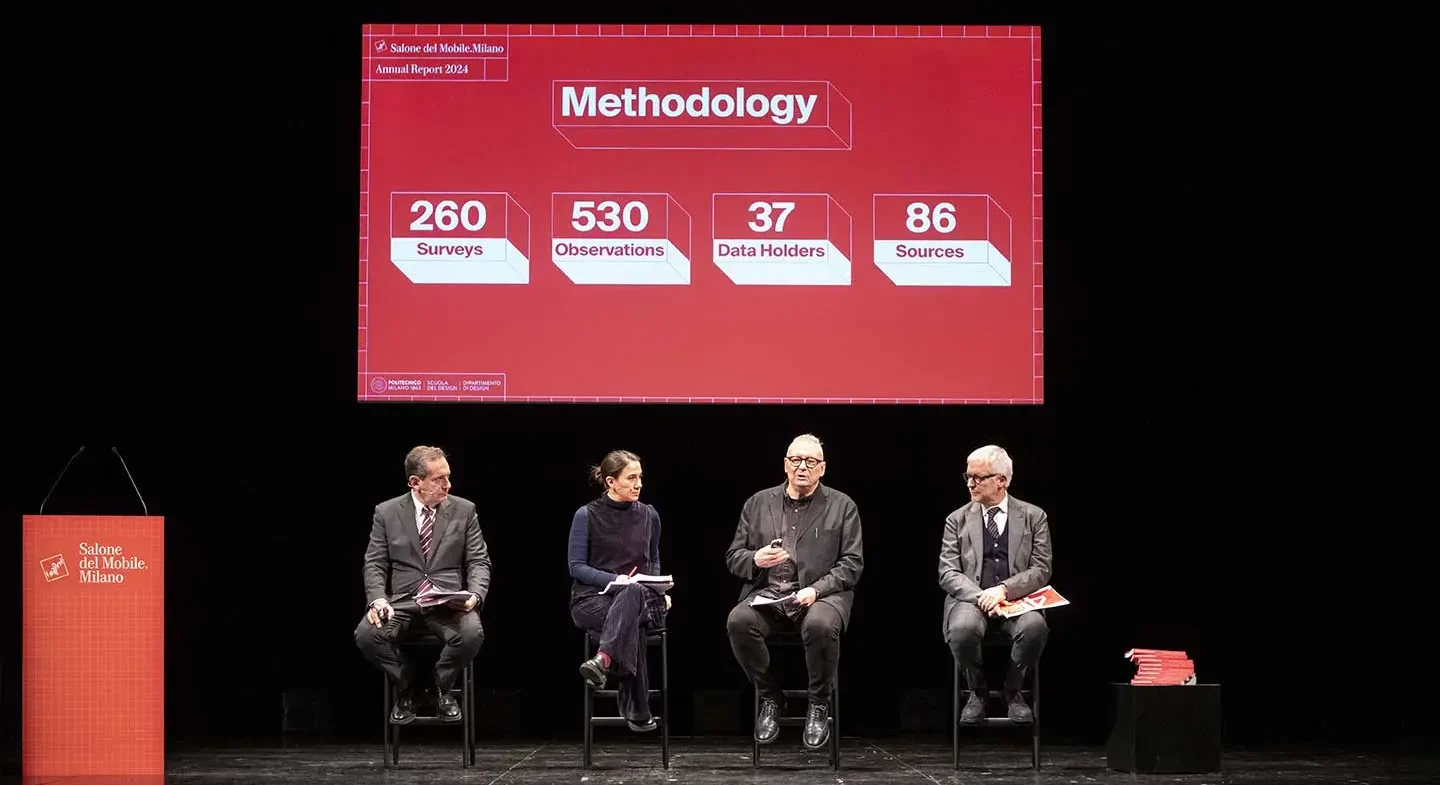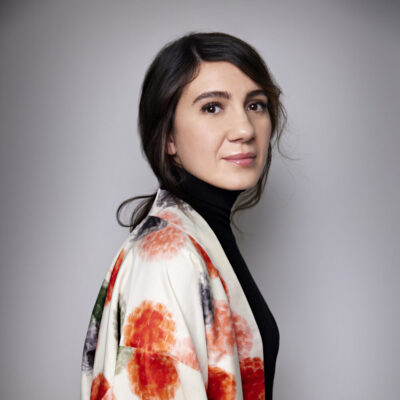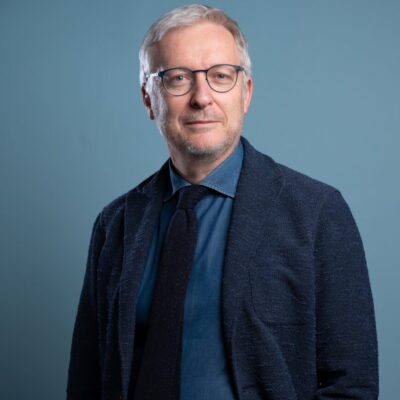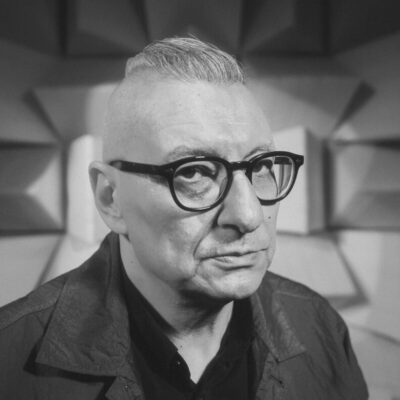
Every April, Salone del Mobile shines a global spotlight on Milan, transforming it into the world capital of design alongside a vibrant city-wide celebration. The aim of this research is to leverage data to inform the future of an event that significantly adds value to the national cultural and production system, with an economic impact surpassing €275 million (+13.7% compared to 2023).
The project, (Eco) Sistema Design Milano, marks the first comprehensive data-driven analysis of this international event, crafted in collaboration with the Politecnico di Milano. The report highlights the substantial growth of Milan’s design sector, noting a 66% increase in design-related businesses and professionals from 2009 to 2023. Notably, 12% of these businesses are run by young people, 13.7% by foreigners, and 27.2% by women, surpassing the European average.



The report, divided into eight chapters and filled with over 90 charts, presents insights into the evolution of Salone del Mobile, performance indicators for the 2024 edition, and an analysis of the city’s design week through 260 surveys and 530 field observations. It also examines the event’s impact across seven macro-areas, including visitor flows and digital spending.
This first report is a collaborative effort supported by the Municipality of Milan and the Lombardy Region, aiming to share data and insights with the public to guide strategic decisions for the future of the city and the event. “This report symbolizes a living ecosystem that differentiates our annual April gathering from other design weeks globally,” said Maria Porro, President of Salone del Mobile.Milano.



The research highlights the vital link between the Salone and Milan, exhibiting how events can enhance the city’s identity and attractiveness. Mayor Giuseppe Sala and Lombardy Region President Attilio Fontana underscored the strategic importance of studying the dynamics within the Milan design ecosystem to foster future growth.
As the Salone continues to evolve, the establishment of a permanent observatory aims to facilitate ongoing discussions among stakeholders to address challenges and maintain the quality and allure of Milan’s design offerings. Ultimately, (Eco) Sistema Design Milano aspires to create a sustainable future for the city and its design community.
This project initiated and promoted by the Salone del Mobile, under the scientific supervision of the Politecnico di Milano, aims to leverage data to inform the future of an event that significantly contributes to the competitiveness of the national production and cultural system.
The research, which culminated in the report titled (Eco) Sistema Design Milano, involved 37 data holders, 86 sources, 10 worktables with 130 stakeholders, and 530 field observations. Presented on November 28 at the Piccolo Teatro Grassi, the project features insights from urban sociologist Charles Landry, highlighting creativity’s role in urban renewal.
(Eco) Sistema Design Milano provides a comprehensive overview of a dynamic ecosystem, recording a historic turnout of 370,824 attendees in 2024, of which 65.6% were international visitors. It includes over 1,326 urban events and is structured into 8 chapters, featuring more than 90 graphs within 260 pages. The project is curated by Susanna Legrenzi in collaboration with the Politecnico di Milano’s Design Department.
More about it and Salone del Mobile.Milano Annual Report 2024 you can read at: https://www.salonemilano.it/it/sessione/salone-del-mobilemilano-annual-report-2024
Photo cover credit: Delfino Sisto Legnani


Leave a Reply